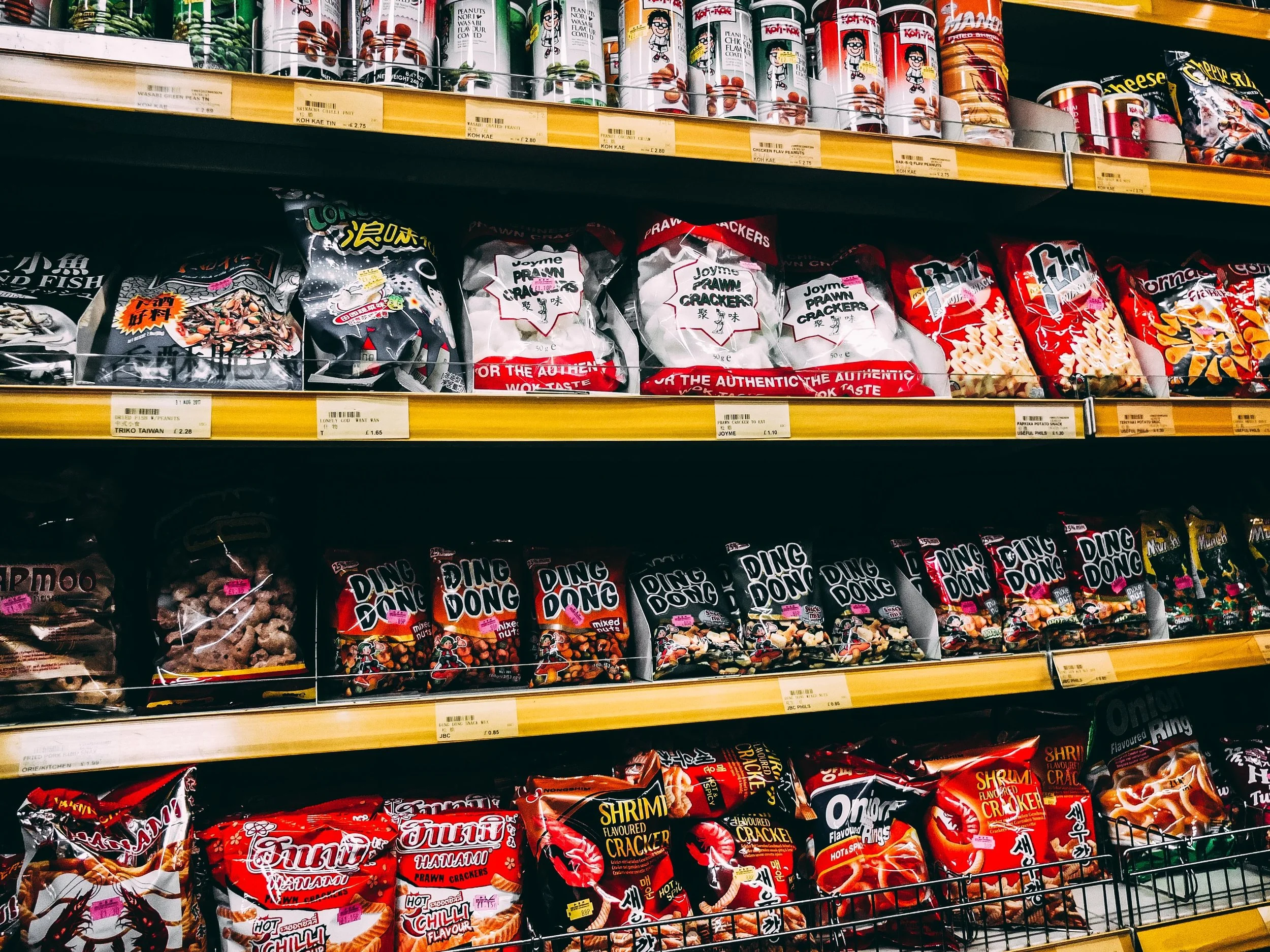Growing an Entertainment Brand Through E-Commerce + Offline Media
/Most entertainment brands I have worked with suffer from an identity crisis: How much to brand their platforms or networks vs. supporting individual titles in the name of growth.
For years consumers cared little if a film was released by Summit, Village Roadshow or Fox. They either liked what they saw in previews or heard from friends, or they didn’t. And the same went for television.
The proliferation of cable networks in the 80s and 90s meant more branding had to happen to differentiate the hundreds of offerings. But still viewership more often came down to the individual titles.
That entire time there was one particular exception in the film space, Disney. Being a Disney film said something about what it meant - safe, family friendly and (most of the time) high quality.
Today is a new era. Netflix and HULU were the first streaming platforms that proved a platform brand is as essential as the programming within. Consumers have millions of media choices, just getting them to click on a streaming app is a victory. Getting them to stay requires depth.
Growing these platforms is an interplay between “brand” and “performance” advertising, with the quality of programming and the UX always lurking close behind. So how does paid media help platforms grow?
People do not randomly “stumble upon” a streaming platform, network, etc. any more. If they have never heard of you, accidental or organic discovery is extremely rare. Paid media must drive awareness (which then pushes consumers through the rest of the funnel if done correctly) before you can get them to actively engage with programming. The fact that Napster is on the main screen of my Smart TV while ESPN+ and Amazon Prime Video are not says a lot.
Within this strategy, the most effective channel to drive discovery is still TV (with OTT rising). Our work has found no other media channel increases meaningful levels of awareness and viewership than TV.
Lower Funnel Media. I hate the term “Performance Media” - all media drives performance - but lower funnel digital media works best at driving immediate sign-ups. Paid social, paid search and even banners work at getting the same consumers who are now aware of the platform into a place where they can actually do something about it. One of the best tactics we’ve seen for performance? The “banners” and integrations within TV-based platforms like Roku, Samsung, etc. It’s the same as advertising on the shelf at the grocery store for a food brand.
Programming still matters...a lot. When you have a home run (even if for a niche audience) celebrate it. Gain more customers and build buzz around your platform. But know that each program is short lived, and while it does compound over time, many newer entertainment platforms do not have enough strong content in the pipeline for this to be their primary strategy.
Remind Us. With so many choices available to consumers, reminding us your platform exists and has an experience they want is critical. Most Amazon Prime consumers forget that they have free access to thousands of films and original series - this is only easy when we (at least in Los Angeles) are bombarded by Amazon advertising 24/7 all around our city and screens. Lead with your programming or your value proposition every time.
Paid media strategies for entertainment platforms should be complementary to their programming - when done right they not only drive awareness and discovery, but repeatedly remind consumers to watch in the face of extraordinary competition for eyeballs and attention.
Interested in working with Bill? E-mail Bill and set time for a one-on-one meeting.






